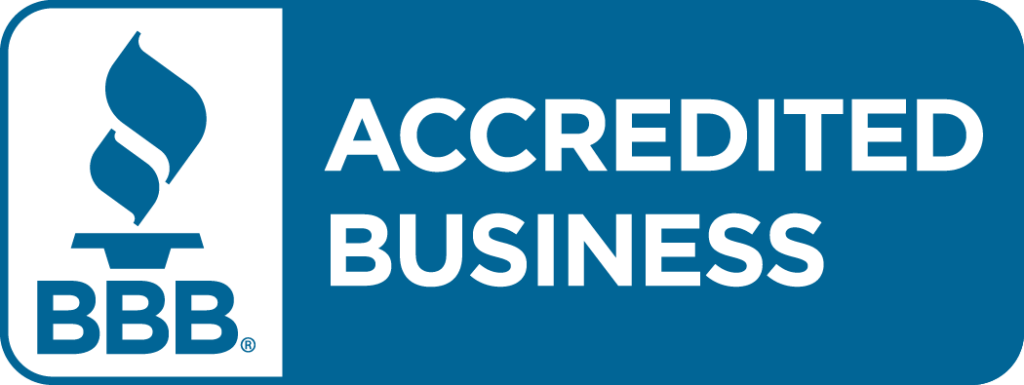Listen to the article:
[acf field=”embed_code”]
Unless your fleet has zero turnover and no plans to grow, odds are you have to spend some money recruiting truck drivers. Which means you probably have a budget with which to recruit said truck drivers. And unless you own the fleet, you probably have to ask for that budget from some sort of executive, c-suite type who is more than skeptical.
So, what’s the best way to secure a recruiting budget?
CFOs love numbers; and especially ones that are well researched. Walking into a budget meeting with here is our cost-per-hire and here is how many drivers we need to hire this year, ergo I need this much money doesn’t cut it. You need to show that you’ve done your research, understand the variables, and have accounted for all aspects.
Here are some ways to show that you have done your research.
[hr style=”3″ margin=”40px 0px 40px 0px”]
Account for Turnover
Turnover is the real stick in the spokes. Let’s say you have 50% turnover and a 600 truck fleet. To maintain your current truck count you will need to hire 300 drivers, right? Wrong! You must account for the turnover of the new drivers coming in. Just to maintain you would need to hire 450 drivers. That is a lot of budget unaccounted for if you go with the 300 number.
[hr style=”3″ margin=”40px 0px 40px 0px”]
Account for Referrals and Rehires
Referrals and rehires also affect your budget. On average, referrals and rehires will account for about 20% of your hires. These will not carry the same cost-per-hire as other drivers. Not accounting for this would have a large effect on your budget.
[hr style=”3″ margin=”40px 0px 40px 0px”]
Account for Different Divisions
If you have multiple divisions, show how they differ in CPH. CPH can vary greatly between types of routes, owner-operator vs. company driver vs. team, type of haul, and location. You need to know turnover and referral/rehire rates for each of these divisions.
[hr style=”3″ margin=”40px 0px 40px 0px”]
Account for Revenue
This final point is the most important. To get the budget you need to successfully grow, maintain, or whatever your goal, the key is to tie your budget back to revenue. Revenue is the word that CFOs need to hear to dole out money. Find the average revenue per truck per month in each division. Show the amount of revenue coming in if you don’t hit your recruiting goals vs. the amount of revenue you bring in with a full fleet.
If you frame yourself as an investment that produces revenue as opposed to a cost center, you’re much more likely to get the funds you need.




